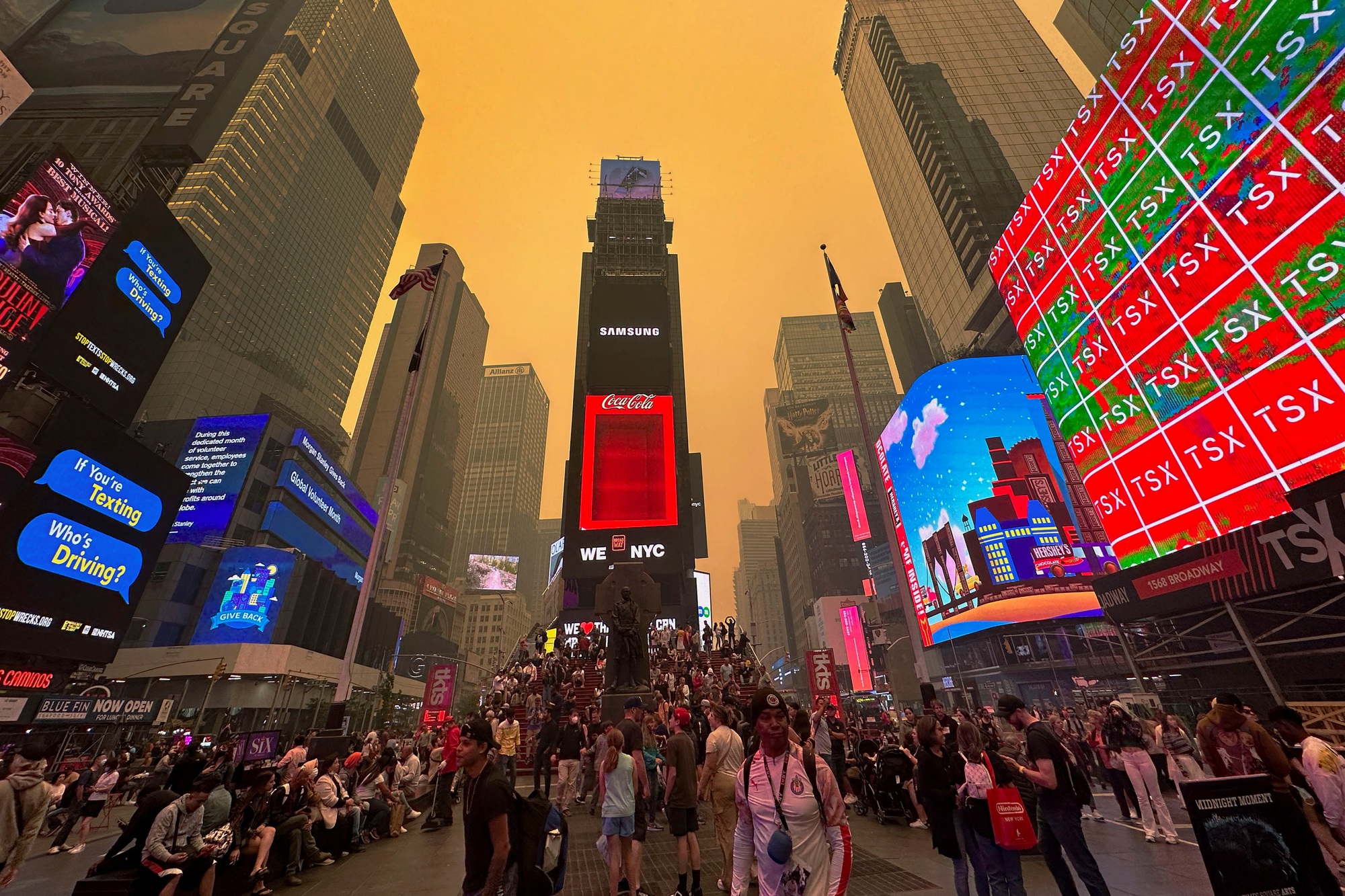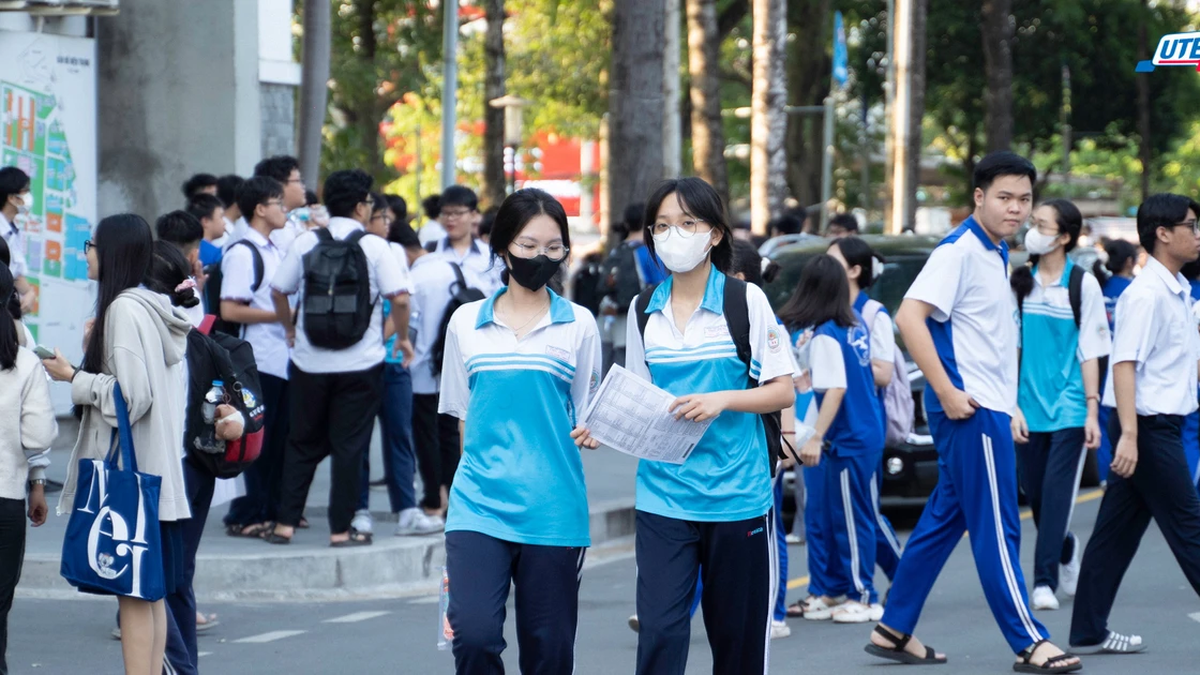On June 7 and 8, ministerial representatives from five Southeast Asian countries - including Malaysia, Brunei, Indonesia, Singapore and Thailand - met in Singapore to discuss how to respond to the transboundary haze situation.
According to Malaysia's Minister of Natural Resources, Environment and Climate Change, Nik Nazmi Nik Ahmad, his country wants to discuss issues such as hot and dry weather, the risk of haze and response strategies.
Previously, on May 29, the ASEAN Specialized Meteorological Center (ASMC) predicted that this year's dry season would be more severe and longer than recent years.
"Persistent dry weather has occurred in most areas of Brunei, Indonesia, Malaysia, Singapore and southern Thailand. With the El Nino phenomenon approaching, this year's dry season will last from June to October," the center said in a statement.

Times Square in New York City - USA is covered in smoke caused by wildfires spreading from Canada on June 7. Photo: REUTERS
In addition to El Nino, the Indian Ocean Dipole, the most important weather phenomenon in the Indian Ocean and known as the "Indian Nino", could occur within the next 1-2 months, preventing clouds from forming over certain parts of the ocean. Both phenomena are expected to bring drier and hotter-than-normal conditions to many parts of southern Southeast Asia.
Based on these observations, ASMC forecasts a high risk of transboundary haze in southern ASEAN countries from June to October 2023, according to CNA channel.
To minimize this risk, according to Professor A. Bakar Jaafar of Malaysia, it is necessary to manage water resources effectively, especially to bring water into abandoned peat areas to ensure humidity.
Extremely flammable, especially from burning fields, dry peat bogs are the "culprit" of 90% of the fires that cause haze affecting Malaysia, Indonesia, Singapore and Brunei. In addition, Professor A. Bakar believes that straw should be turned into biofuels instead of burning it as it has been for a long time.
While ASEAN is scrambling to find a solution, North America is engulfed in smoke from raging wildfires in Canada, affecting the lives of millions. More than 400 fires are raging in Canada, so severe that the US has dispatched more than 600 firefighters and equipment to help, in addition to assistance from many other countries.
Smog has not only blanketed Canada's capital Ottawa, but most of the skies over the northeastern United States have also turned orange, prompting air quality warnings in at least 16 states, according to ABC News .
In Washington DC, Mayor Muriel Bowser ordered schools to cancel all outdoor activities such as sports , field trips, etc. on June 8 (local time). While officials in the Philadelphia suburbs set up outdoor shelters for residents, New York Governor Kathy Hochul requested 1 million N95 masks be provided to state facilities.
Due to the impact of a low pressure area above the US state of Maine and the Canadian province of Nova Scotia, the smog is likely to persist until the end of this week, according to expert Bryan Ramsey of the US National Weather Service.
Reuters news agency reported that smog from forest fires can linger in the air for weeks and travel hundreds of kilometers. Notably, this type of smog contains not only soil particles and biological materials but also traces of chemicals, metals, plastics, etc. - which are physical assets burned by forest fires.
Numerous studies have linked smoke from wildfires to higher rates of heart attacks, strokes, respiratory illnesses, weakened immune systems, eye injuries, skin damage, and more; and to miscarriages, premature births, and low birth weight.
Scientists are studying the long-term effects of wildfire smoke on water supplies, crops, livestock, and children's neurological and respiratory development.
Source





































































































Comment (0)